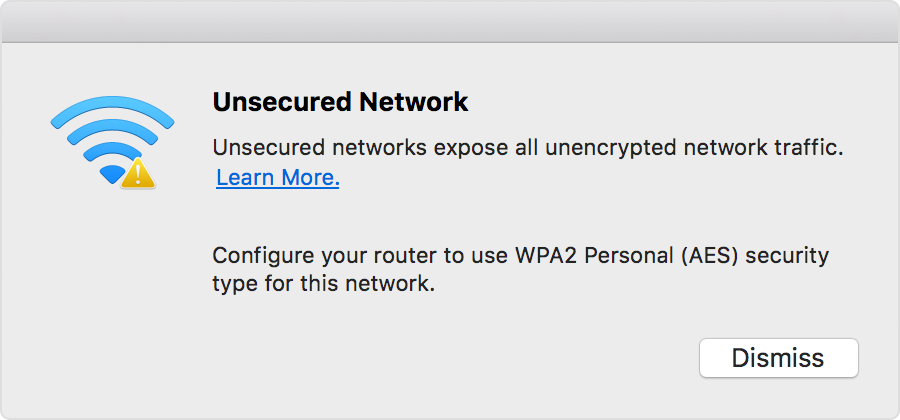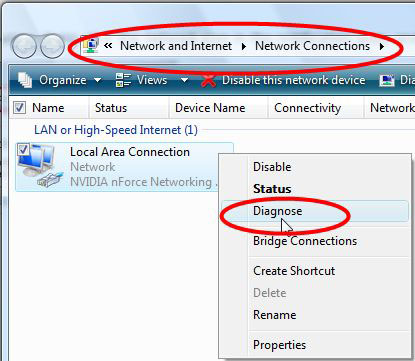

- #MAC OS WIFI DIAGNOSTICS ISP FAILED HOW TO#
- #MAC OS WIFI DIAGNOSTICS ISP FAILED FULL#
- #MAC OS WIFI DIAGNOSTICS ISP FAILED SOFTWARE#
- #MAC OS WIFI DIAGNOSTICS ISP FAILED DOWNLOAD#
- #MAC OS WIFI DIAGNOSTICS ISP FAILED FREE#
To disable login items, follow this path: To troubleshoot Kernel Panic, now your tactics would be to disable these programs and check how your Mac behaves. With dozens of apps launching on startup, they could be too many for your processor to handle. There is a good chance login items are the reason your Mac randomly restarts. At this point, you should start thinking about saving your data and reformatting the drive. In the worst-case scenario, you might get “The underlying task reported failure,” which suggests a disk repair failed.
#MAC OS WIFI DIAGNOSTICS ISP FAILED FREE#
You can click Manage and try to free up some space using the built-in Apple tools. The obvious solution would be to delete unused apps or whatever old junk is stored there.
#MAC OS WIFI DIAGNOSTICS ISP FAILED FULL#
If your main volume is approaching full capacity, then you ought to make more room for it. But when there’s a lack of physical or virtual memory, your Mac’s performance drags down, and Kernel Panic is quite common. Your Mac needs enough room to breathe freely. Ensure you have enough free space on the driveĪpple recommends reserving at least 20% of free space on your startup drive. And, if it doesn’t help, here are more tricks. Make sure you updated everything that deals with graphics, file systems, or networking. If Kernel Panic occurs on random apps, you should look into deep-seated system drivers, specifically the ones that came with peripherals, like video cards, adapters, etc.
#MAC OS WIFI DIAGNOSTICS ISP FAILED DOWNLOAD#
#MAC OS WIFI DIAGNOSTICS ISP FAILED SOFTWARE#
Software solutions to fix Kernel Panic on Mac 1. Anyway, there’s a path laid out by great Mac experts which will now follow immediately. It may be a combination of both, like when your RAM has turned off, while two apps are conflicting for memory.

The first step should be to isolate hardware issues from software-related ones.

One user reported he had simply installed the iTunes folder on a different drive than a system one. It might be a sign of damaged hardware, which isn’t funny, given your Mac is almost unusable by that time. It’s worse when Kernel Panic happens regularly, especially if your Mac crashes right on startup. If it rarely happens enough (like once in a few weeks), that shouldn’t be a trouble. What happens is your Mac encounters a critical error that it can’t handle, so it automatically shuts down. In other words, Kernel Panic is just a Mac version of “blue screen of death” on Windows, but luckily, it can be fixed. Your Mac’s screen goes black, giving you various warning messages like “You need to restart your computer.” Note that the warning message's presence distinguishes Kernel Panic from usual Mac restarts and app crashes. Kernel Panic, though sounding scary, is simply an occurrence when your Mac keeps restarting for no obvious reason.
#MAC OS WIFI DIAGNOSTICS ISP FAILED HOW TO#
How to solve Kernel Panic error What is Kernel Panic?

But to help you do it all by yourself, we’ve gathered our best ideas and solutions below.įeatures described in this article refer to the MacPaw site version of CleanMyMac X. So here's a tip for you: Download CleanMyMac to quickly solve some of the issues mentioned in this article.


 0 kommentar(er)
0 kommentar(er)
